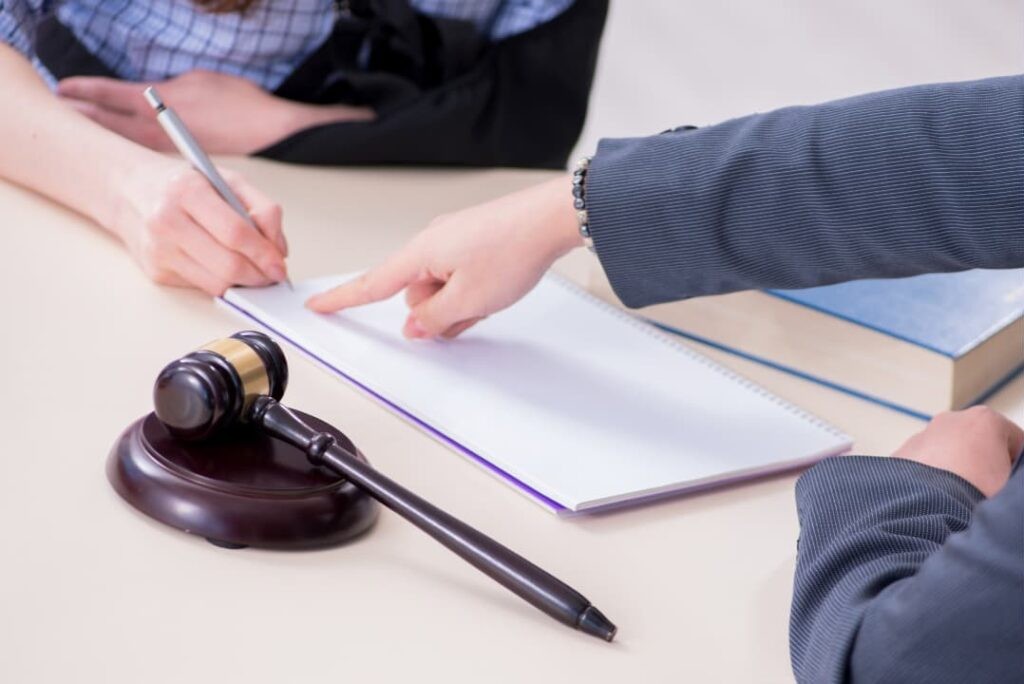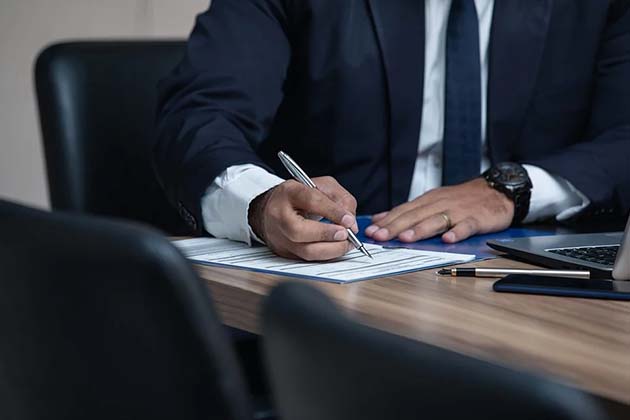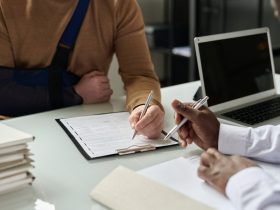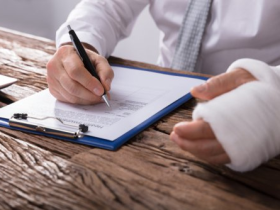Slip and fall cases in Florida are far more complex than most people realize. Behind every successful claim lies a deep forensic legal process—one that examines timelines, environmental conditions, human behavior, store procedures, and physical evidence with the same precision found in scientific investigations. Understanding how these cases are proven in Florida courts helps injured individuals appreciate why documentation, medical evaluations, and legal strategy matter so profoundly. Attorneys at Chalik and Chalik, who represent injured individuals exclusively, apply this forensic approach to uncover the truth and build strong, evidence-driven cases.
The forensic analysis begins with the hazard itself. Florida law requires the injured party to prove that the business had actual or constructive knowledge of the dangerous condition. This makes the nature of the hazard a central focus. A spill may appear simple, but its shape, spread pattern, color, and surrounding details reveal how long it existed. For example, footprints or cart tracks through the liquid indicate that other customers encountered the hazard before the fall. The width of the spill may reveal whether it grew over time or whether it splashed outward after being stepped on repeatedly. These seemingly minor details become powerful evidence under Florida Statutes §768.0755.
The next phase of analysis involves the environment. Courts consider lighting, flooring materials, temperature conditions, and foot traffic patterns. A clear liquid on glossy tile may be nearly invisible, making it unreasonable to expect a customer to detect it. Condensation under refrigeration units or humidity buildup near store entrances may suggest recurring hazards that the business should have anticipated. These environmental assessments are frequently referenced in litigation involving large retailers, including discussions found in Walmart slip and fall cases, where environmental conditions often play a decisive role.
A forensic legal approach also requires reconstructing the timeline leading up to the fall. Surveillance footage, employee movement patterns, inspection logs, and witness statements all contribute to establishing how long the hazard existed. If footage shows employees walking past the area without intervening, constructive knowledge becomes easier to prove. If inspection logs reveal long gaps between checks in high-risk departments, it suggests inadequate monitoring. In some cases, the absence of documentation itself becomes evidence of negligence. These timeline reconstructions allow attorneys to pinpoint where safety protocols failed and why the hazard was not addressed sooner.
Another critical component involves employee behavior and store procedures. Courts evaluate whether the business followed its own safety policies, whether employees were trained appropriately, and whether high-risk areas received adequate supervision. A business that claims to inspect aisles every 30 minutes must provide credible documentation proving this. Logs with identical handwriting or unrealistic inspection intervals undermine the store’s credibility. This issue appears often in Florida supermarket litigation, including patterns identified in Publix slip and fall claims, where inspection procedures are frequently scrutinized.
Once the hazard and environment are analyzed, the next forensic layer focuses on the injuries themselves. Attorneys examine whether the injuries are consistent with the mechanism of the fall. Medical imaging, orthopedic evaluations, and trauma assessments help establish this connection. A wrist fracture often indicates an instinctive forward fall; a hip fracture suggests a backward collapse. Torn ligaments or spinal injuries may indicate twisting or sudden impact. When the injuries align with the physical characteristics of the hazard, the case becomes stronger. This medical-legal alignment helps counter insurance arguments claiming the injuries were preexisting or unrelated.
The forensic analysis extends to the victim’s actions as well. Florida’s modified comparative negligence standard allows insurers to argue that the injured individual should have avoided the hazard. A thorough legal forensic review examines whether the hazard was visible, whether lighting was sufficient, whether signage was present, and whether the victim’s behavior was reasonable under the circumstances. If the hazard was clear, unavoidable, or concealed by environmental factors, courts are less likely to assign fault to the victim. Photographs taken immediately after the fall often play a decisive role in demonstrating visibility or lack thereof.
Forensic legal analysis also evaluates post-incident conduct. How quickly did employees respond? Did they attempt to clean the area before photos could be taken? Was a warning sign placed only after the fall? These details help establish whether the business attempted to minimize the appearance of negligence. In some cases, employees unintentionally reveal the truth through statements such as “It happens here all the time” or “We’ve been short-staffed today.” Such remarks highlight foreseeability and strengthen constructive knowledge arguments.
Once all evidence has been gathered, attorneys synthesize the findings into a clear, compelling narrative. This narrative presents the accident as the logical outcome of a series of preventable failures. It demonstrates how the hazard formed, why it remained unaddressed, how long it existed, and why an ordinary customer had no reasonable ability to avoid it. This structured, evidence-based approach often becomes the foundation of successful negotiations or courtroom presentations. Businesses may attempt to dispute liability, but when confronted with a detailed forensic reconstruction, their arguments frequently weaken.
In the end, proving a slip and fall case in Florida is both an art and a science. It requires careful investigation, technical understanding, and legal expertise working together. Through forensic legal analysis, attorneys uncover the truth behind the accident and expose the preventable failures that led to injury. For injured individuals, understanding this process provides clarity, empowerment, and confidence. With support from dedicated advocates like Chalik and Chalik, victims can transform complex evidence into a compelling case for justice under Florida law.







